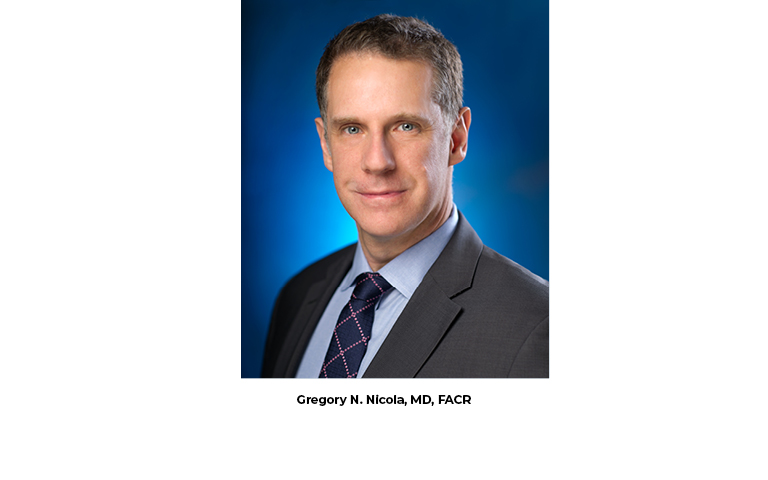Frustration (noun) – the feeling of being upset or annoyed, especially because of inability to change or achieve something.
Many (most) in the physician payment advocacy world are reflecting on this definition and wondering, “Why bother?” It often seems the cards are just stacked against us. Digging deeper, that feeling diminishes when we understand the years of accumulated successes against the backdrop of severe political dysfunction. Advocacy is essential but misunderstood if evaluated only by the face value of victories.
On Dec. 29, 2022, President Joe Biden signed into law the Consolidated Appropriations Act, 2023. The Act fell short of expectations of the entire physician community, which had hoped for more from the federal government during a tumultuous time plagued by the COVID-19 pandemic, hyperinflation and mass consolidation destroying physician autonomy. As a refresher, Medicare pays physicians using a complex formula multiplying relative value units (RVUs) assigned to each physician service by a dollar amount (the Conversion Factor) set for the entire Medicare Physician Fee Schedule annually based upon restraints of budget neutrality. The Conversion Factor is on a sharp multiyear downward trajectory, primarily due to re-valuation of several families of evaluation and management (E/M) codes used during face-to-face visits between physicians and patients. The federal government intervened on the falling payments in both 2021 and 2022 with 3.5% and 3% fee schedule updates, respectively — in large part as a response to physician advocacy efforts led by the ACR.
This precedent established some hope in the physician community that Congress understood the impact of stagnant payments in the Medicare Physician Fee Schedule. However, instead of continuing support of the Conversion Factor, the government reduced the update for 2023 to 2.5% and for 2024 to 1.5%. This was a signal that Congress has chosen the pathway of phased-in cuts as opposed to continuing support of a flat physician payment.
The ACR was one of many disappointed voices across the entire house of medicine. We were not alone. The president of the AMA stated, “The AMA is extremely disappointed and dismayed that Congress failed to prevent Medicare cuts next year, threatening the financial viability of physician practices and endangering access to care for Medicare beneficiaries.”1 The American College of Physicians released the following statement on Dec. 20, 2022: “The American College of Physicians (ACP) believes that the partial restoration of Medicare physician payments that is contained in the end-of-year congressional spending bill falls short of what is needed to protect
patients and physicians.”
What has physician advocacy, particularly that of the ACR, accomplished? The College has combated years of scrutiny regarding radiology payments primarily occurring at the AMA/Specialty Society RVS Update Committee (RUC). The source of this scrutiny originated from the merger of the old radiology fee schedule into the RUC methodology. Volunteers for the ACR Commission on Economics have spent years equating these disparate fee schedules, and as both a participant and observer of this reconciliation, I can say a lot could have gone wrong. I have personally watched hundreds of radiology services make it through the RUC process unscathed. In the absence of our advocacy and volunteer experts, radiology payments would be in a far worse place. The College has also combated fee schedule reductions from the federal government. The onerous Multiple Procedure Payment Reductions were cut from 25% to 5% largely due to ACR advocacy efforts. The Conversion Factor decrease from E/M services could have been abrupt, instead of phased in, so by delaying the cuts we successfully injected millions of dollars back into the hands of radiology practices. The federal government would not even have entertained allocation of more funds to healthcare without the efforts of a coalition of medical specialties led by the ACR. The College has also led efforts in valuing new services such as fetal MRI, MRI elastography and contrast-enhanced US, among others, bringing new payments to the radiology community. Advocacy may be frustrating, but it is vital. Without it, policymakers would have no idea who we are or what we do. Often the wins are hidden or behind the scenes, but payment for our services would be in far worse shape without the work of our economics and government relations advocates.

